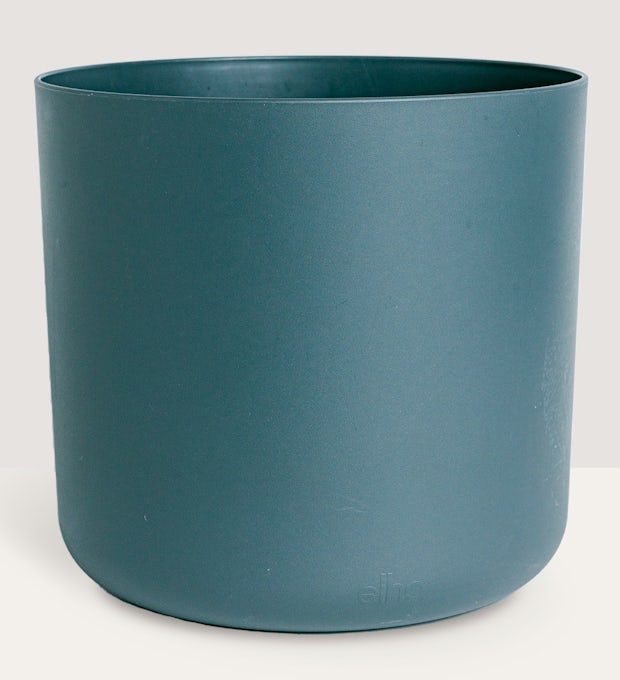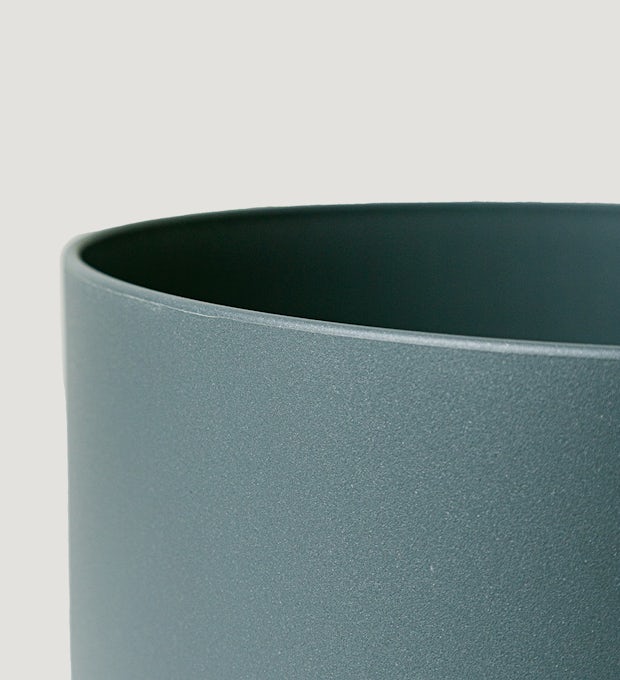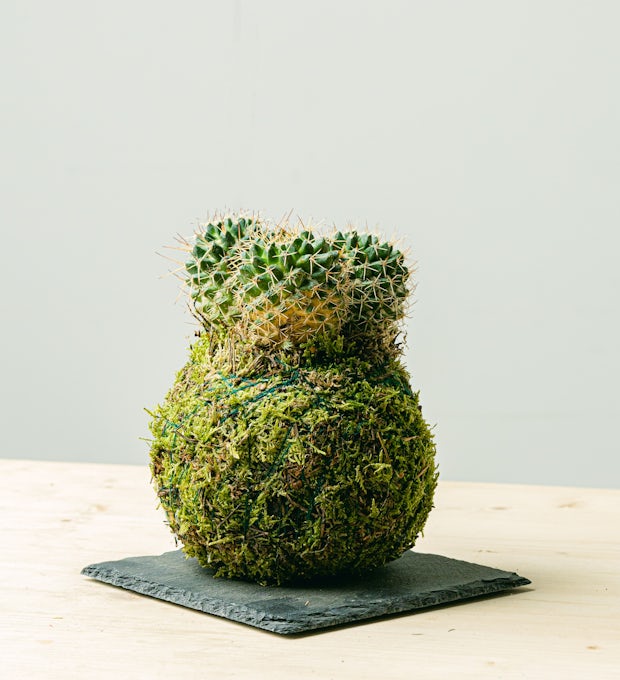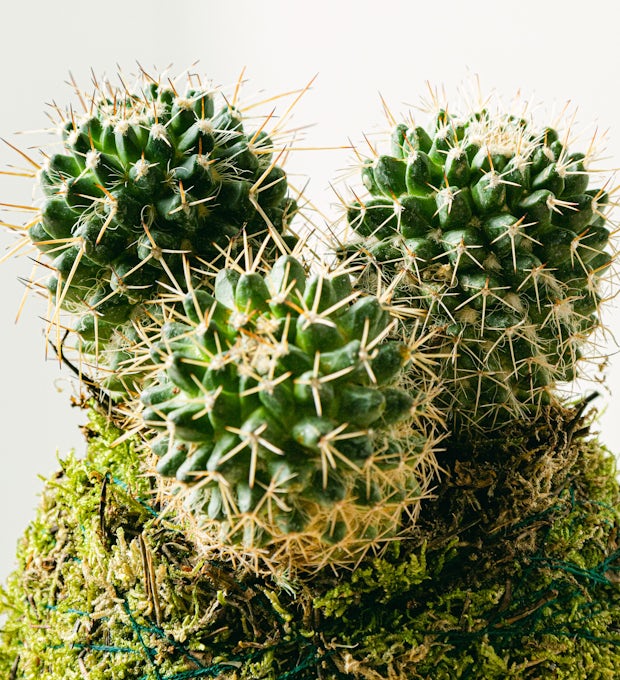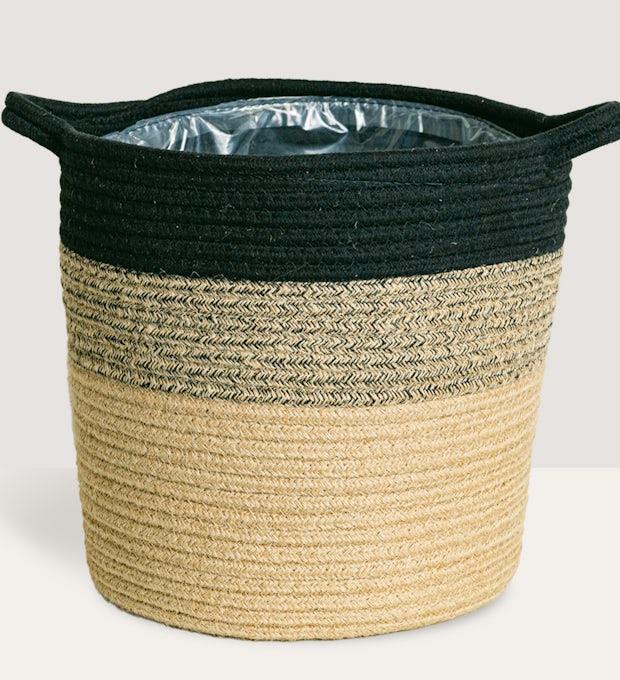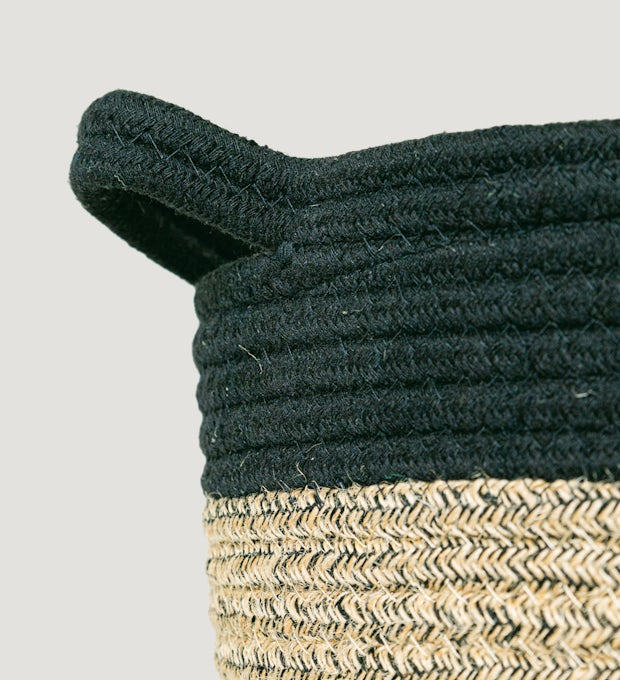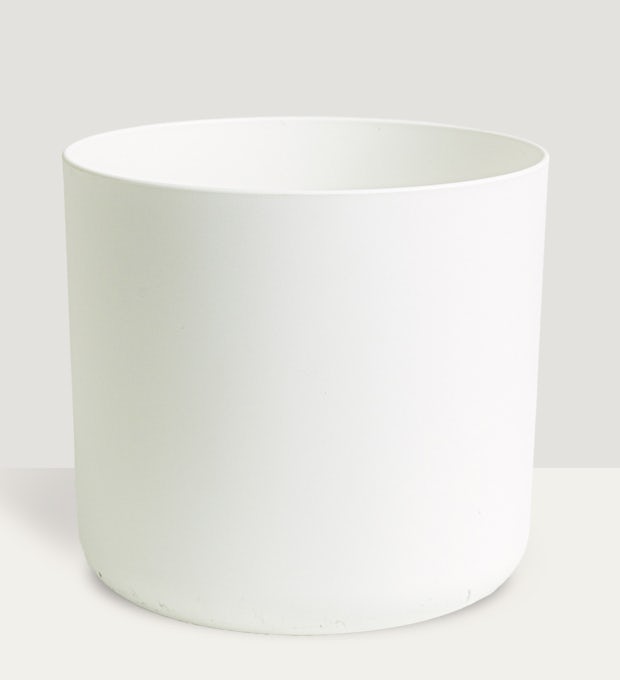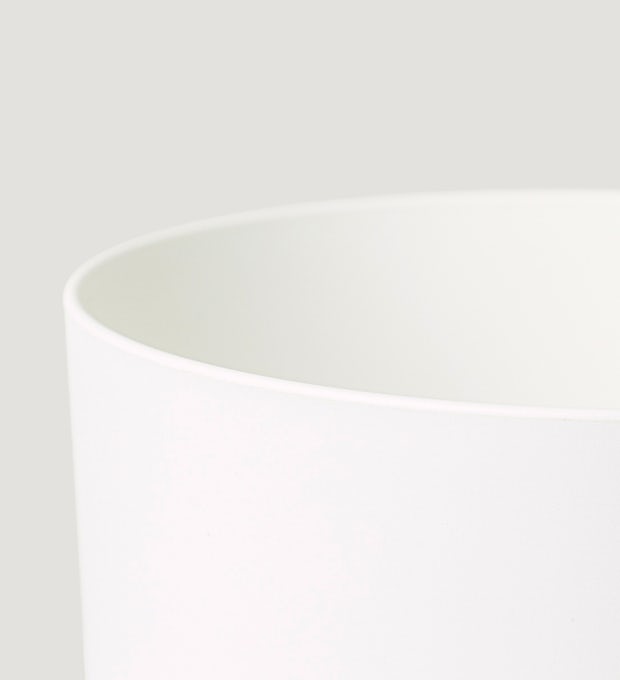As a plant enthusiast, I've always been captivated by the beauty of Anthurium plants. Their vibrant colors and glossy foliage make them a perfect addition to any home or garden.
In this article, I'll share the secrets to successfully growing and maintaining Anthuriums. We'll explore ideal light conditions, watering tips, the importance of humidity, feeding and fertilizing, the best soil mix, propagation and pruning techniques, and dealing with pests.
Get ready to create a thriving environment for your Anthurium plants!
Anthurium Plant Traits
Anthurium plants exhibit a variety of traits that contribute to their unique beauty and appeal. When it comes to size, these plants are typically found in 4 and 6 pot sizes, with a height range of 10 to 20 inches.
As for color variations, Anthuriums are most commonly sold in red, but they can also be found in white, pink, maroon, green, purple, and bi-color. These variations allow for a stunning display of colors in any indoor space.
Understanding the size and color options available for Anthurium plants can help you choose the perfect one to complement your home decor. Whether you prefer a smaller plant for a tabletop display or a larger one as a statement piece, Anthuriums offer a range of options to suit your needs.
Light Requirements
To ensure the thriving growth of my Anthurium plants, I need to understand their light requirements. Here are some key points to keep in mind:
Providing the right amount of light is crucial for Anthuriums. They prefer moderate or medium light, so placing them near but not on a sunny windowsill is ideal. direct sunlight can scorch their leaves, while too little light can inhibit their growth.
Common mistakes include placing Anthuriums in too much direct sunlight or in a dark corner where they don't receive enough light. This can lead to stunted growth, yellowing leaves, and poor flowering.
We ship plants to all locations, you can see more options here.
BuyOrlando Planter - XXL/29cm46.00 €An ecological planterBuyKokedama Cactus48.00 €Very robustWe ship plants to all locations, you can see more options hereContinue shoppingTroubleshooting tips: If your Anthurium isn't receiving enough light, you can supplement with artificial grow lights. On the other hand, if it's getting too much light, you can use sheer curtains to filter the sunlight.
Watering Tips
When it comes to watering my Anthurium plants, I follow a few key tips to ensure their health and vitality. One common watering mistake is overwatering, which can lead to root rot and other issues. To avoid this, I always let the top inch of soil dry out before watering again.
Additionally, Anthurium plants are sensitive to sitting in water, so it's important to provide good drainage by using a well-draining soil mix and a pot with drainage holes.
Another tip is to pay attention to the plant's leaves. If they start to droop or wilt, it's a sign that the Anthurium needs water. On the other hand, if the leaves are yellowing or becoming mushy, it may be a sign of overwatering.
Temperature and Humidity
In my experience, for optimal growth and health of Anthurium plants, it's crucial to maintain the right temperature and humidity levels. Here are three key factors to consider when it comes to Anthurium temperature control and humidity levels for Anthurium plants:
Temperature: Anthuriums thrive in warm temperatures, ideally between 70-85°F (21-29°C). Avoid exposing them to temperature extremes, as they can be sensitive to cold drafts and frost. Provide a consistent temperature throughout the year to promote healthy growth.
Humidity: These plants are native to rainforest regions, so they thrive in higher humidity levels. Aim for a humidity range of 60-80% to keep your Anthurium happy. You can achieve this by placing a humidifier nearby, grouping plants together to create a microclimate, or misting the leaves regularly.
Humidity trays: Another effective method to increase humidity levels is by using humidity trays. Simply place a tray filled with water and pebbles beneath the plant's pot. As the water evaporates, it will create a humid environment around the plant.
We ship plants to all locations, you can see more options here.
BuyCartagena Basket - XL/28cm24.00 €Mediterranean style basket planter XLBuyTurin Flowerpot -XL/22cm24.00 €An ecological planterWe ship plants to all locations, you can see more options hereContinue shopping
Feeding and Fertilizing
For optimal growth and health of my Anthurium plants, I rely on regular feeding and fertilizing throughout the growing season. These plants have specific nutrient requirements that need to be met in order to thrive. I use a phosphorous-rich fertilizer to provide the necessary nutrients, and I apply it using various techniques to ensure even distribution. Here is a table outlining the nutrient requirements and fertilizer application techniques for Anthurium plants:
| Nutrient Requirements | Fertilizer Application Techniques |
|---|---|
| Nitrogen | Dilute liquid fertilizer and apply it to the soil around the base of the plant. Avoid getting it on the leaves. |
| Phosphorous | Use a slow-release granular fertilizer and mix it into the top layer of soil. water thoroughly after application. |
| Potassium | Apply a balanced fertilizer that contains potassium, following the manufacturer's instructions. |
| Micronutrients | Use a foliar spray containing micronutrients, spraying it directly onto the leaves. Repeat every few weeks. |
| Frequency | Feed the plants monthly during the growing season, reducing to every two months during the winter. |
Soil and Repotting
To ensure the health and vitality of my Anthurium plants, I pay close attention to their soil and repotting needs. Here are the key factors to consider:
Choosing the right pot size: Anthuriums prefer to be slightly root-bound, so it's important to choose a pot that's only slightly larger than their current one. This helps promote healthy root growth and prevents waterlogging.
Benefits of using a moss-based soil mix: Anthuriums thrive in a well-draining soil mix that retains moisture without becoming waterlogged. A moss-based soil mix provides the perfect balance, as it holds moisture while allowing excess water to drain away. It also helps maintain the ideal pH level for the plants.
Repotting: Repotting is best done in the spring or summer, or early fall in warm climates. When repotting, make sure to choose a pot with proper drainage to prevent waterlogging. Repotting every two to five years, or sooner if the plant is growing rapidly, helps prevent the plant from becoming root-bound and promotes healthy growth.
Propagation and Pruning
Moving on to propagation and pruning, I've found that these practices are essential for maintaining healthy and vibrant Anthurium plants.
When it comes to propagation, there are several effective techniques for Anthuriums. One method is division, where you carefully separate the plant into smaller sections, making sure each section has roots attached. Cuttings can also be taken from healthy stems and placed in moist soil or water until roots develop. Seeds and tissue culture are other options, but they require more specialized knowledge and equipment.
As for pruning, minimal pruning is required for Anthuriums. The main goal is to remove yellow or brown leaves and spent flowers. Regular pruning helps maintain the plant's appearance and encourages new growth.
Dealing With Pests
I have found that dealing with pests is an inevitable part of caring for Anthurium plants. They can easily fall victim to common pests such as spider mites, mealybugs, scale, and aphids. Controlling pest infestations is crucial to prevent their spread and ensure the health of your plants.
Here are three natural pest control methods that have proven effective for me:
Neem oil: This organic solution is derived from the neem tree and acts as a powerful insecticide. It disrupts the pests' life cycle, ultimately leading to their demise.
Insecticidal soap: Made from natural ingredients like fatty acids, this soap suffocates and kills pests on contact. It's safe to use on Anthurium plants and is especially effective against soft-bodied insects like mealybugs.
Ladybugs: These beneficial insects are natural predators of many common plant pests. Introducing ladybugs to your garden can help keep pest populations in check.
Conclusion
In conclusion, thriving Anthurium plants require proper care and attention.
By providing them with the ideal light conditions, watering them appropriately, maintaining the right temperature and humidity levels, and feeding them with the right nutrients, you can ensure their growth and beauty.
Additionally, using the correct soil mix and practicing propagation and pruning techniques will help them thrive.
Lastly, being vigilant about pest control will protect your Anthuriums from potential threats.
With these secrets uncovered, you're well-equipped to create a thriving environment for these remarkable plants.
